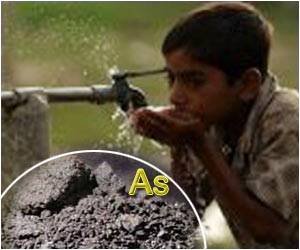Antibiotic Residue in Wastewater: Next Health Threat

Antibiotic resistance is recognized by the World Health Organisation as one of the greatest health threats of our time. By 2050, up to 10 million deaths each year could be caused due to antibiotic resistance.
(is this more correct or what you wrote correct. Please accept or reject the correction).
Other antimicrobial drugs no longer work to treat common diseases, including respiratory tract, sexually transmitted, and urinary tract infections. The threat of resistance could also increase the risk of contracting an infection after basic surgical procedures.
Advertisement
Bacteria that become resistant to antibiotics are a global threat that can lead to untreatable bacterial infections in animals and humans.
Antibiotics can enter the environment during their production, consumption, and disposal. Antibiotic residues in the environment, such as in wastewater and drinking water, can contribute to the emergence and spread of resistance.
The researchers have examined the levels of antibiotic residues that are likely to contribute to antibiotic resistance from different aquatic sources in the Western Pacific Region (WPR) and the South-East Asia Region (SEAR), regions as defined by the World Health Organization.
These regions include China and India, which are among the world’s largest producers and consumers of antibiotics. This was done by a systematic review of the literature published between 2006 and 2019, including 218 relevant reports from the WPR and 22 from the SEAR.
Researchers also used a method called Probabilistic Environmental Hazard Assessment to determine where the concentration of antibiotics is high enough to likely contribute to antibiotic resistance. Ninety-two antibiotics were detected in the WPR and forty-five in the SEAR.
Antibiotic concentrations exceeding the level considered safe for resistance development (Predicted Effect Concentrations, PNECs) were observed in wastewater, influents, and effluents of wastewater treatment plants and in receiving aquatic environments.
What to do About the Antibiotics in Water
The highest risk was observed in wastewater and influent of wastewater treatment plants. The relative impact of various contributors, such as hospital, municipal, livestock, and pharmaceutical manufacturing was also determined.
The highest likelihood of levels exceeding the threshold considered safe for resistance development was observed for the antibiotic ciprofloxacin in drinking water in China and the WPR.
These findings can help decision-makers to target risk reduction measures against environmental residues of priority antibiotics and in high-risk sites, to protect human health and the environment.
The pathways for bacteria to develop resistance can be especially difficult to control and monitor in countries with poor sewage infrastructure. Therefore, global surveillance to guide prevention activities and infrastructure to protect people and animals is critical.
As experts continue to gain a better understanding of antibiotic resistance in wastewater, coordinated, aggressive action and a One Health approach are critical to effectively prevent the emergence and spread of resistant pathogens among people, animals, and the environment.
Source: Eurekalert
Source link
#Antibiotic #Residue #Wastewater #Health #Threat



